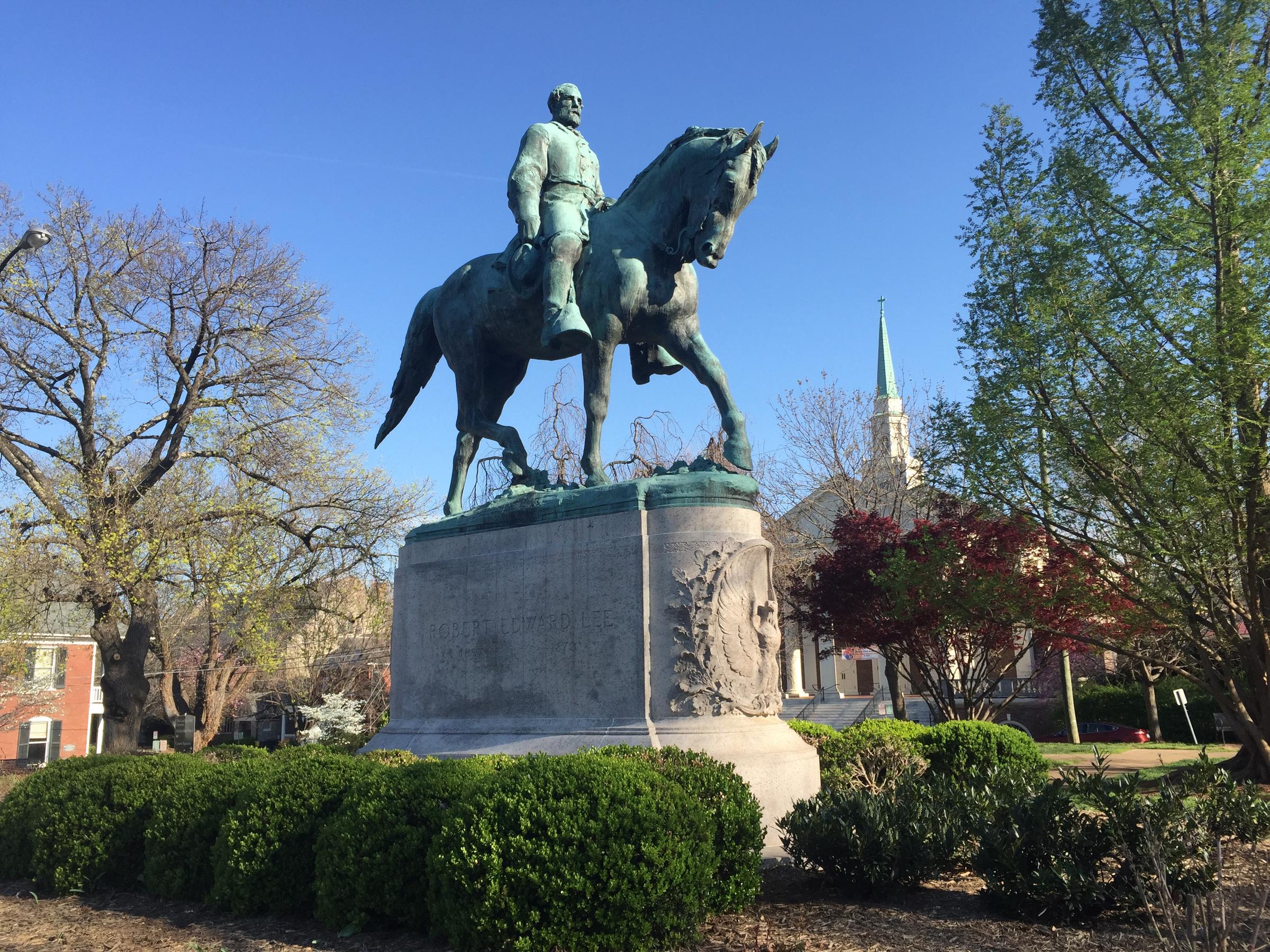In 1619 a Dutch sheep landed in the Virginia colonies with 20 Africans captured from Angola. This was the first recorded shipment of slaves to any of the lands constituting present day USA. This however was not the first instance of slavery in the New World. The Portuguese were the first to bring Africans to the Americas to mines in the Caribbean and South America. The island of Hispaniola, present day Haiti and Dominican Republic received its first shipment of enslaved Africans in 1525. The entanglements of the slave economy with industrial capital are the roots of racism and the two feed each other.
One common feature of the institution of slavery in the US and Haiti was its link to capital and commerce. This is not surprising, slavery and racial prejudice are both really about money. In the Virginia colonies white farmers purchased these captured Angolans and forced them into indentured servitude. In due time some of them regained their freedom after completing their labors. One such African is on records as earning his freedom and becoming a landowner and slaveowner. This gentleman Anthony Johnson had his own farm and slaves on the Eastern Shore of Maryland.
Slave owners made so much money from the labor of African slaves that they became unwilling to grant them freedom. The Virginia court sentenced one black indentured servant to slavery in 1640. From 1640 to 1705 the Virginia Colonies enacted several laws to codify different forms of servitude. One code required an indentured servant who bears a child with her master be sold for two more years of servitude. Such women usually ended up with the same master who may have raped them in the first place.
The church supported these codes and benefitted from them, never questioning the complete absence of equity or fairness within these laws. There was no censure or sanction within the code of the culpable master usually a white man. By the time of the American war of independence from Britain there was a new era of activism against slavery. The abolitionist movement included many freed blacks, many of whom had paid for their freedom or escaped to non-slave states. Abolitionist activism led to strident efforts by slave owners to push back gains made by freed blacks and their allies.
One such struggle to protect white capital during the abolitionist movement was the Dredd Scott case. In that case the Supreme Court ruled against Scott by effectively stripping him of his humanity. This ruling was rife with conflict of interest, 5 of the 7 justices that ruled against Scott were slave owners. Ruling in Scotts favor would effectively be setting a precedent that could adversely affect their own finances.
The struggles between slave owners attempting to protect their capital and abolitionists continued till Lincoln’s election in 1860. Lincoln though considered an ally of the abolitionists was never clear on what to do about slavery. Lincoln’s declaration of freedom to the slaves was forced by Southern Secessionists. Lincoln freed the slaves as a military strategy. Emancipation wreaked havoc on the slave dependent Southern economy whilst providing Northern troops with a ready supply of black recruits.
Granting freedom to the slaves, was not really planned as a policy. Lincoln’s government led by General William Tecumseh Sherman however started out with Special Field Orders, No. 15 (series 1865) to develop a plan to resettle freed slaves. There was no congressional backing for these plans. Andrew Johnson a Southerner from North Carolina quickly reversed them after Lincoln’s assassination.

After the civil war, Southern legislatures tried to limit the impact of the loss of slave labor on white landowners. Codes, called “pig laws” were enacted to limit the economic mobility of blacks. These laws served to maintain a permanent black underclass who provided cheap labor to continue to enrich white landowners. One feature of such laws was the extremely harsh sentences stipulated for minor crimes. The laws had no consideration for the well being economic or otherwise of recently freed blacks. I would touch on a few of these laws, rules and practices over the centuries in post civil war America.
Documentary Restrictive Black Codes & Jim Crow Laws
Anti-vagrancy statutes – Freed blacks, who had lost family members from being sold were moving from place to place looking for their families. Whites concerned about their safety and not really understanding the situation acted by placing restrictions on these activities. The anti-vagrancy laws were passed in many Southern States. Whilst making it almost impossible to search for loved ones and family, it affected the economic mobility of blacks. It effectively made it extra difficult for freed blacks to plan and move to new places to start their own farms. They could be arrested as vagrants whilst they were planning or moving to new sites to start their own farms.
Anti-miscegenation laws – These laws prohibited any form of intermarriage between the races. A lot of children were born of black mothers and white fathers. Anti-miscegenation laws ensured that such issues were all outside of legal marital relationships. Many of these children, often the offspring of rich landowners could not inherit any of their property. Some white fathers attempted through wills to cede property to biracial children. The fate of such children was usually at the mercy of the courts. Unfortunately, the courts rarely ever ruled against a white man in any case involving blacks. Such attempts were rarely successful as court challenges usually favored white family members.
Anti-enticement orders – These are measures designed to punish anyone who offered higher wages to a black laborer already under contract to another. This law allowed white landowners to offer black the worse of wages knowing they had no recourse. Some of these practices still exists to this day. A worker could get black listed for not following or resisting unfair restrictions on free labor. In more ways than one such laws significantly limited the economic mobility of blacks.
Eminent domain – This refers to the power of the government, in this case municipal, state or federal to take private property and convert it into public use. The Fifth Amendment provides that the government may only exercise this power if they provide just compensation. The proposed use of the property must be for the public good. Over years Eminent domain has been used to slowly transfer property from Native Americans and Blacks to whites. In cities across the country publicly funded projects bulldozed homes of African Americans in various attempts at urban renewal. What these projects usually achieved was the disruption of wealth acquisition by minorities. The wealth ends up being transferred to the largely white beneficiaries of such projects. Central Park built completed in 1858 was built on land acquired from free blacks and Irish immigrants in Seneca Village.

In modern day US, the oppression of blacks continues in a war driven mostly by negative public opinion. This war is the result of a myth which dates all the way back to the days of slavery. The myth of the violent vengeful black man out to get whites for all the ills against our people. This myth is the result of white fear of a black back lash. Many black Americans live in fear of this myth. Many of us have devised different ways of trying to allay this fear among whites.

The question that we need to ask ourselves today is; has this worked? The myth created to maintain slavery and subjugate blacks is still haunting us today. The fact that a 12 year old can elicit that fear tells me this is not rational. There is no way to address that myth among those already under its grip by changing our looks. You cannot reason with a person driven by fear. My fellow blacks, it is easier to look for the signs of this fear in our interactions and take precautions. In this way we can possibly address this fear directly one person at a time. Difficult work but I see no other alternative at this time. Whilst doing all this always remember that at its root, it is all about the dollar.
By Dr. Leonard Sowah a physician in Baltimore, Maryland





